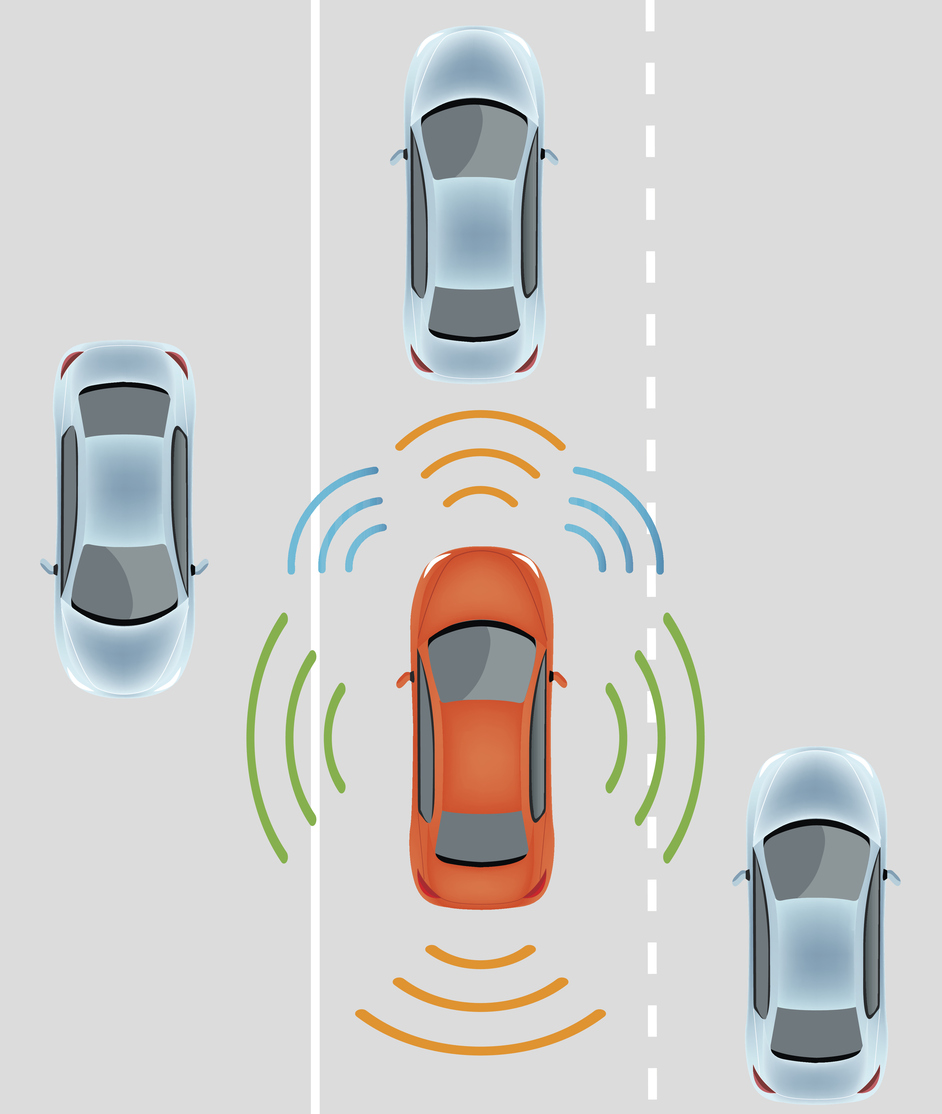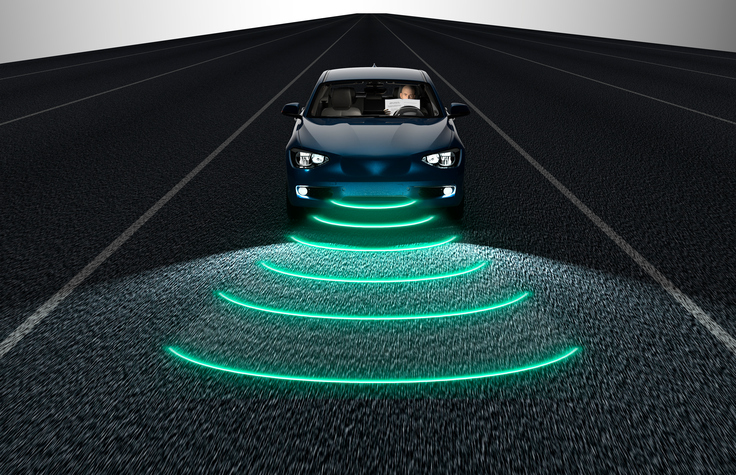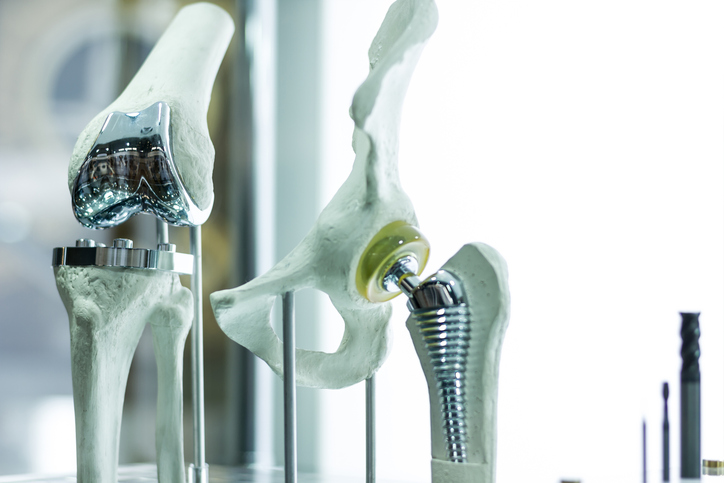By: Srikanth Saripalli, Texas A&M University
 In early November, a self-driving shuttle and a delivery truck collided in Las Vegas. The event, in which no one was injured and no property was seriously damaged, attracted media and public attention in part because one of the vehicles was driving itself – and because that shuttle had been operating for only less than an hour before the crash.
In early November, a self-driving shuttle and a delivery truck collided in Las Vegas. The event, in which no one was injured and no property was seriously damaged, attracted media and public attention in part because one of the vehicles was driving itself – and because that shuttle had been operating for only less than an hour before the crash.
It’s not the first collision involving a self-driving vehicle. Other crashes have involved Ubers in Arizona, a Tesla in “autopilot” mode in Florida and several others in California. But in nearly every case, it was human error, not the self-driving car, that caused the problem.
In Las Vegas, the self-driving shuttle noticed a truck up ahead was backing up, and stopped and waited for it to get out of the shuttle’s way. But the human truck driver didn’t see the shuttle, and kept backing up. As the truck got closer, the shuttle didn’t move – forward or back – so the truck grazed the shuttle’s front bumper.
As a researcher working on autonomous systems for the past decade, I find that this event raises a number of questions: Why didn’t the shuttle honk, or back up to avoid the approaching truck? Was stopping and not moving the safest procedure? If self-driving cars are to make the roads safer, the bigger question is: What should these vehicles do to reduce mishaps? In my lab, we are developing self-driving cars and shuttles. We’d like to solve the underlying safety challenge: Even when autonomous vehicles are doing everything they’re supposed to, the drivers of nearby cars and trucks are still flawed, error-prone humans.
(more…)


 The introduction of purified carbon nanotubes appears to have a beneficial effect on the early growth of wheatgrass, according to scientists. But in the presence of contaminants, those same nanotubes could do great harm.
The introduction of purified carbon nanotubes appears to have a beneficial effect on the early growth of wheatgrass, according to scientists. But in the presence of contaminants, those same nanotubes could do great harm. In early November, a
In early November, a  In the wake of car- and truck-based attacks
In the wake of car- and truck-based attacks  Scientists have developed an extremely efficient “molecular trap” that can be recycled and reused to capture radioactive iodides in spent nuclear reactor fuel.
Scientists have developed an extremely efficient “molecular trap” that can be recycled and reused to capture radioactive iodides in spent nuclear reactor fuel. Engineers have developed a flexible sensor “skin” that can stretch over any part of a robot’s body or prosthetic to accurately convey information about shear forces and vibration—information critical to grasping and manipulating objects.
Engineers have developed a flexible sensor “skin” that can stretch over any part of a robot’s body or prosthetic to accurately convey information about shear forces and vibration—information critical to grasping and manipulating objects. A new flexible, paper-based supercapacitor could power wearable electronics.
A new flexible, paper-based supercapacitor could power wearable electronics. The development of prosthetics has changed many lives, providing mobility options and allowing for more active lives. But all artificial limbs aren’t perfect. Some can be painful, difficult to use, and lead to possible skin infections. The Office of Naval Research is looking to change that, providing new options for those in need of artificial limbs.
The development of prosthetics has changed many lives, providing mobility options and allowing for more active lives. But all artificial limbs aren’t perfect. Some can be painful, difficult to use, and lead to possible skin infections. The Office of Naval Research is looking to change that, providing new options for those in need of artificial limbs.